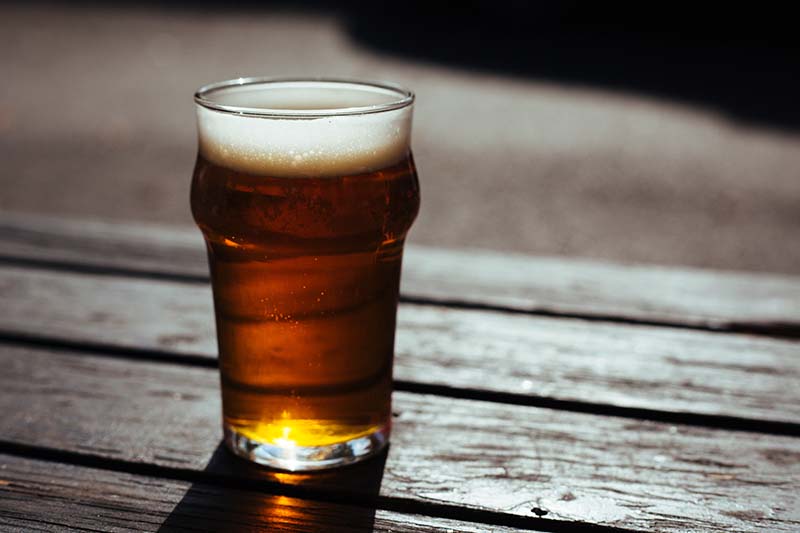Is Drinking on the Jobsite Really that Big of a Deal?
I enjoy the occasional adult beverage. There’s nothing like a cold beer at the end of a long day and Jose’ Cuervo is a personal friend. Most of us know that alcohol and saw blades don’t mix. Apparently, however, some workers don’t feel like they got that particular memo.
Back in 2016, a local ABC affiliate in New York opened a huge can of worms in an investigative report. They followed a crew of construction workers to lunch and detailed how much they had to drink before returning to work.
The report mentioned “beer after beer and shot after shot of hard liquor” being consumed by construction workers. It went on to find “…many construction workers drinking heavily during a brief 45 minute period with little to no food, then heading back to do high-rise work, to operate power tools and to rig heavy crane loads.”
Why Drinking on the Jobsite Should Concern Everyone
Both lawmakers and union representatives are concerned. Drug and alcohol testing is an issue that has to be negotiated for union-represented workers. In New York at least, the two sides have publicly voiced their desire to work together to bring consistent alcohol testing to the jobsite.
Gilbane, the company at the center of that 2016 investigation, seemed committed to making drug and alcohol testing mandatory as well. They ended up firing several workers as a result of the report, which also included video footage.
How This Applies Today
Fast-forward to today. What does this mean for drinking on the jobsite in areas where unions do not represent construction workers? What about right-to-work states like Florida?
I already mentioned “lawmakers”, so you know OSHA won’t be far behind. Currently, OSHA doesn’t have a specific regulation regarding alcohol. It gets around this by requiring employers to provide a safe working environment. That open requirement can land your company in a heap of trouble if you’re aware employees are drinking on the jobsite or coming to work under the influence.
What to Do as a Business Owner
As a business owner, one of the last things you want to face in a courtroom is the accusation that a worker was under the influence. It gets worse if you were aware it was a problem.
It remains to be seen if OSHA will respond with any specific regulations/ For Gilbane—they fired some workers as a result of the investigation and support mandatory alcohol and drug testing. In New York City, officials, union heads, and industry representatives have all called for such mandatory alcohol testing.
Drinking on the Job as a Construction Worker
Many construction workers, if they’re honest, will admit to having enjoyed a drink on a break. Some have even done so on the clock at some point—even if they don’t make a habit of it. It’s a terrible risk to take, though. You could be individually liable for damages, injuries, or deaths that occur as a result of your actions.
Basically, don’t drink on the jobsite. Ever.
The Larger Picture and Doing Your Part
This all points to a potentially greater issue. Alcoholism and alcohol abuse is rampant in the construction industry. Arguably, it’s an industry at the greatest risk of injury even without alcohol or drugs. Mandatory safety meetings to promote awareness aren’t enough. We need to care enough about our employees and their families to take a hard stance when it comes to drinking on the jobsite.
It’s up to each employer to set policies on alcohol consumption and how it will be dealt with according to state and local laws. It’s my personal opinion that an unpaid suspension or even the loss of a job is a much better result than the loss of life or limb.



